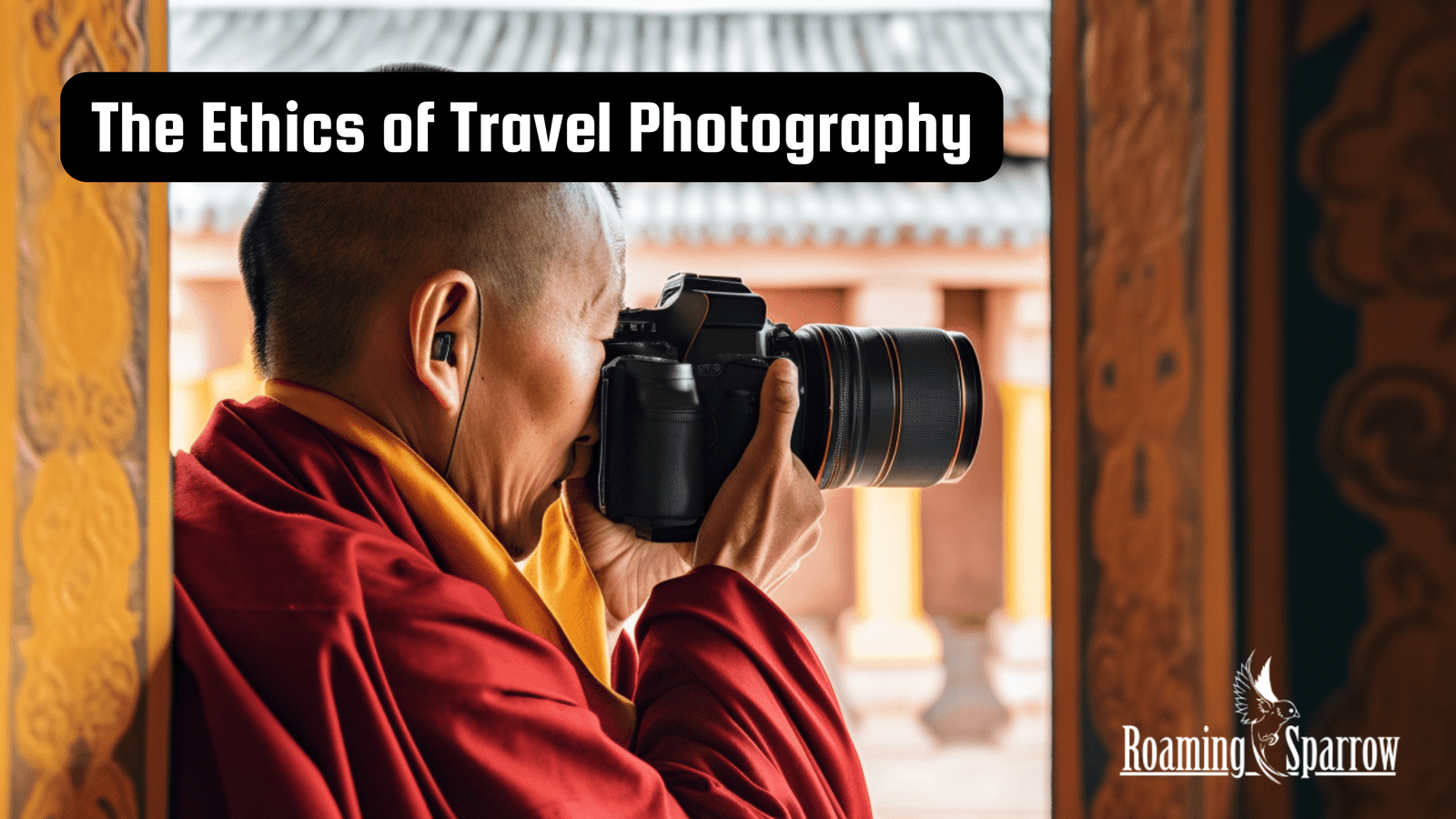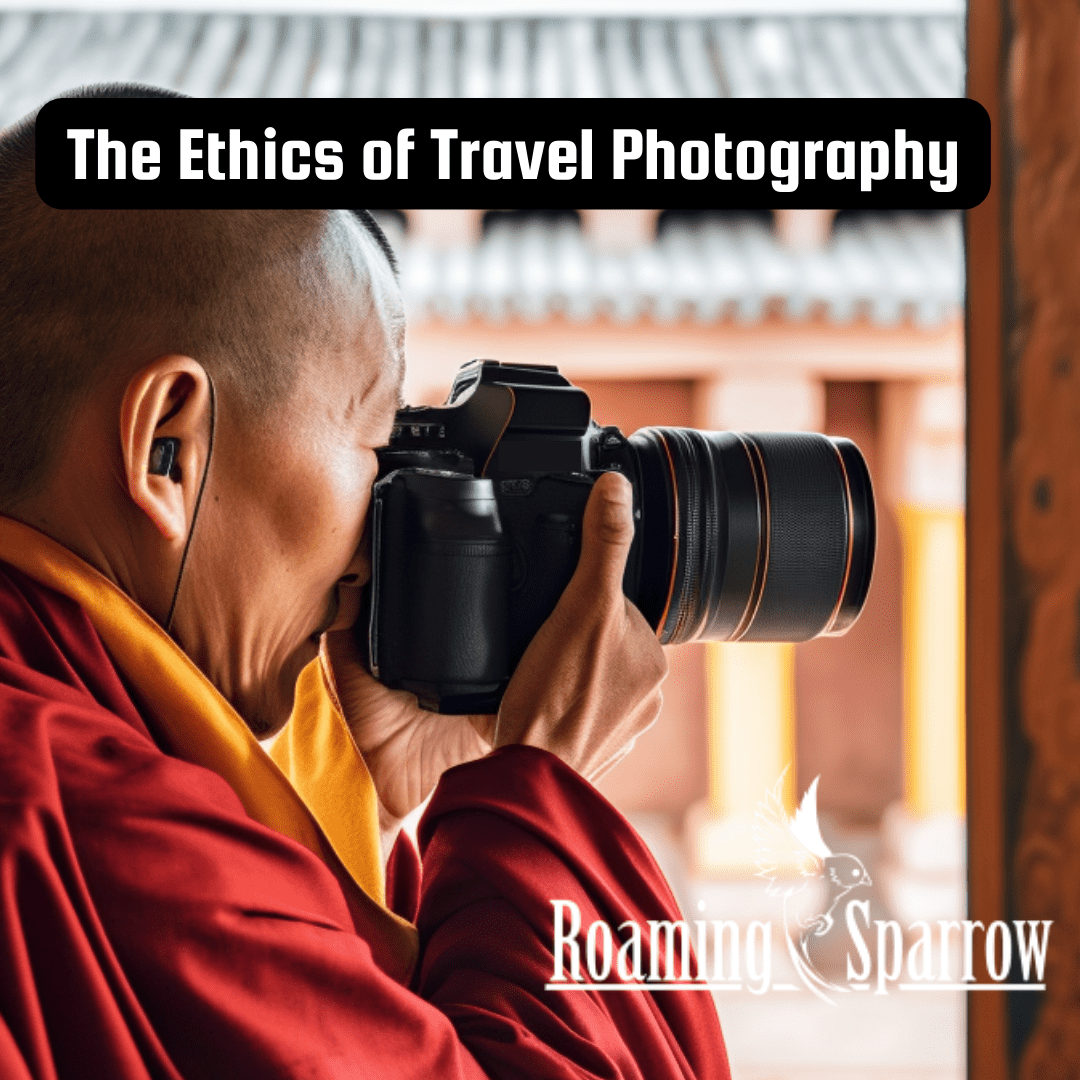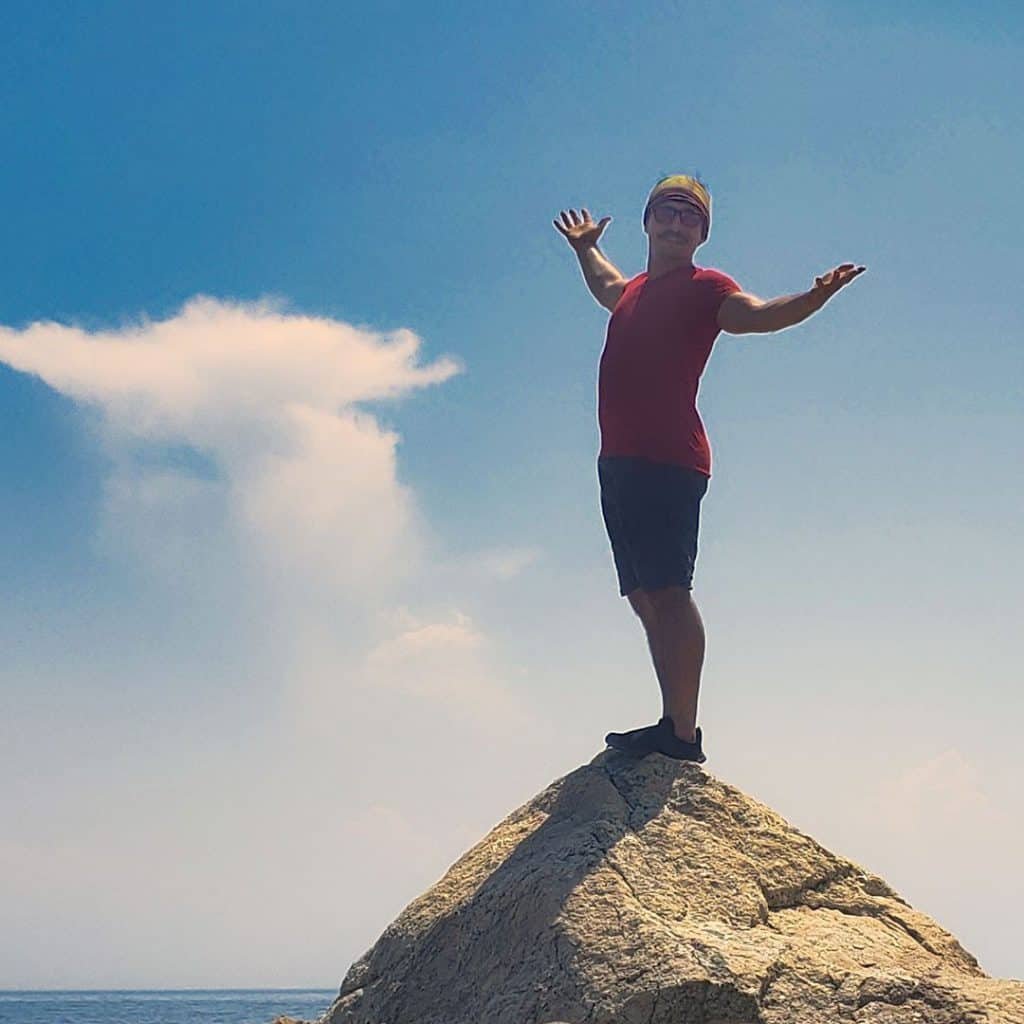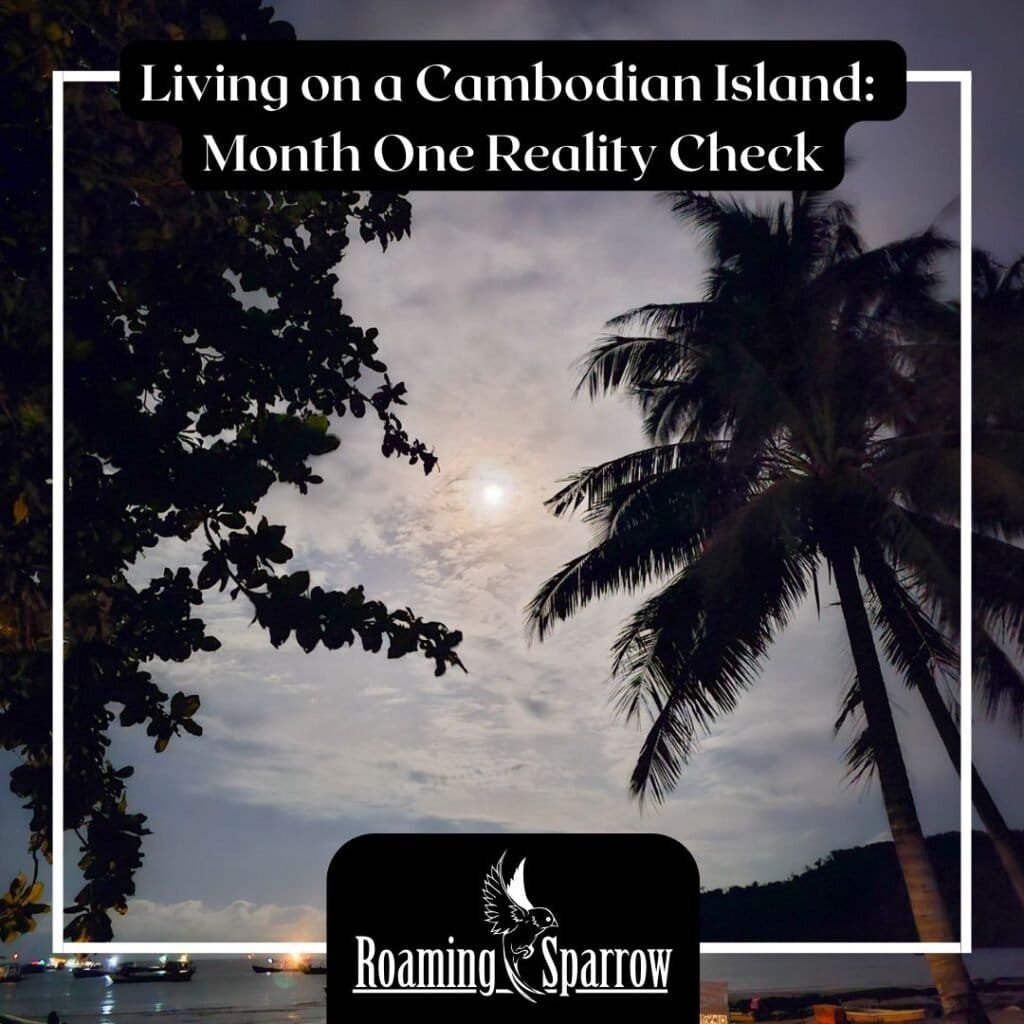
The Ethics of Travel Photography
Introduction: What is Travel Photography and Why Ethics Matter
Hello Friends,
Travel photography is a fascinating and rewarding genre of photography that allows individuals to capture and document the world around them as they explore new places and cultures. With the rise of social media and the internet, travel photography has become more popular than ever before, giving people the opportunity to share their experiences and insights with a global audience.
However, it’s essential to remember that travel photography comes with ethical responsibilities. The images we capture have the power to shape perceptions, influence opinions, and perpetuate stereotypes. Therefore, it’s essential to approach travel photography with respect and sensitivity towards the people and places we are photographing.
In recent years, there has been a growing conversation around ethical considerations in travel photography. Photographers have been called out for exploitative and disrespectful behavior towards the cultures and communities they’re photographing. From taking photos of vulnerable people without their consent to perpetuating stereotypes through their images, there are plenty of ways that travel photography can be done poorly.
So why do ethics matter in travel photography?
As photographers, we have a responsibility to represent the world honestly and respectfully. We have the power to shape perceptions and influence opinions through our images. Therefore, it’s crucial to approach travel photography with a mindset of respect, empathy, and cultural sensitivity.
By doing so, we can create images that tell meaningful stories, honor the people and places we’re photographing, and inspire others to see the world through a new lens.
The Responsibility of Travel Photographers: Representing Cultures and Communities
Travel photography has the power to capture and document cultures and communities, giving a glimpse into the lives of people around the world. However, with this power comes great responsibility. As photographers, we have the responsibility to represent these cultures and communities respectfully and accurately.
One of the most important things to keep in mind is to avoid perpetuating stereotypes.
Travel photography can be problematic when photographers only focus on the exotic and the “otherness” of the places they’re visiting, rather than the people themselves. It’s crucial to approach photography with an open mind, curiosity, and empathy towards the people and the places we’re photographing.
Another important consideration is informed consent.
Photographers should always seek consent before taking photos of people, especially in situations where people are vulnerable or in intimate settings. This is especially important when it comes to photographing children. It’s essential to respect people’s privacy and dignity, and to always ask before taking photos.
Finally, it’s important to consider the impact of our photos on the communities we’re photographing.
The photos we take have the power to shape perceptions and influence opinions, both positively and negatively. Therefore, it’s essential to approach photography with a mindset of respect and cultural sensitivity. Photographers should consider how their photos will be used and shared and ensure that they are not perpetuating harmful stereotypes or causing harm to the communities they’re photographing.
In summary, travel photographers have a responsibility to represent cultures and communities respectfully and accurately. This requires photographers to approach photography with empathy, cultural sensitivity, and informed consent. By doing so, we can create meaningful images that tell important stories while respecting the dignity and privacy of the people and communities we’re photographing.
The Ethics of Taking Photos of People: Informed Consent, Respectful Behavior, and the Power Dynamic
Taking photos of people can be a tricky ethical issue, especially when it comes to travel photography.
In many cases, the people we photograph are not in positions of power or privilege, and there can be a significant power dynamic at play.
One of the most important ethical considerations when it comes to photographing people is informed consent. Photographers should always seek consent before taking photos of people, especially in situations where people are vulnerable or in intimate settings. This is especially important when it comes to photographing children. It’s crucial to respect people’s privacy and dignity, and to always ask before taking photos.
Respectful behavior is another important consideration when it comes to photographing people. Photographers should be mindful of how their behavior may affect the people they’re photographing. This means being respectful of people’s personal space and avoiding intrusive or disrespectful behavior. It also means being aware of cultural norms and sensitivities and adapting your behavior accordingly.
Finally, it’s important to be mindful of the power dynamic at play when taking photos of people. Photographers should be aware of the potential for exploitation and avoid taking advantage of people’s vulnerability. This means being respectful of people’s boundaries and ensuring that the photos you take are not used in ways that exploit or harm the people in them.
In summary, taking photos of people requires ethical considerations such as informed consent, respectful behavior, and awareness of the power dynamic at play. By being respectful and mindful of the people we’re photographing, we can create images that tell important stories while respecting people’s privacy and dignity.
Navigating Sensitive Topics: Poverty, Homelessness, and Disparities
When traveling to different places, it’s not uncommon to come across sensitive topics such as poverty, homelessness, and social disparities. These are important issues that deserve attention, but it’s important to approach them with sensitivity and respect.
One of the main ethical considerations when it comes to these topics is representation. It’s important to avoid perpetuating harmful stereotypes and to present a nuanced and accurate portrayal of the people and communities affected by these issues. This means avoiding sensationalizing poverty or homelessness and instead focusing on the humanity and dignity of the people involved.
Another important consideration is the power dynamic at play. When photographing people who are experiencing poverty or homelessness, there can be a significant power imbalance. It’s important to be mindful of this and to ensure that the people being photographed are not being exploited or taken advantage of. Photographers should also be aware of their own privilege and the impact this can have on the images they create.
Finally, it’s important to consider the impact that our images can have on the communities we’re photographing. When photographing sensitive topics, we should be aware of the potential for our images to perpetuate harm or cause further stigma. It’s important to consider the context in which our images will be seen and to be mindful of the potential impact they may have.
In summary, navigating sensitive topics such as poverty, homelessness, and disparities requires ethical considerations such as accurate representation, awareness of power dynamics, and consideration of the impact our images may have. By approaching these topics with sensitivity and respect, we can create images that help tell important stories while respecting the dignity and humanity of the people involved.
The Ethics of Sharing Photos Online: Social Media, Stock Photography, and Monetization
In today’s digital age, sharing photos online has become incredibly easy and widespread. However, with this comes a responsibility to consider the potential impact of our photos on others. When it comes to travel photography, there are several ethical considerations to keep in mind when sharing your work online.
Firstly, it is important to consider the platforms on which you are sharing your photos. Social media platforms like Instagram and Facebook have immense reach, but they can also be problematic when it comes to respecting the cultures and communities you are photographing. Oversharing or posting photos without context or explanation can perpetuate stereotypes or misrepresentations of certain groups of people.
Another aspect to consider is stock photography and monetization. While it may be tempting to sell your travel photos online for profit, it is important to be mindful of how your photos are being used and who is profiting from them. Are they being used to perpetuate harmful narratives or stereotypes? Are the profits going towards ethical and sustainable initiatives?
Ultimately, the key to sharing travel photos online in an ethical manner is to approach it with respect, sensitivity, and a willingness to learn and listen to feedback. Consider the impact of your photos and be mindful of how they may be perceived by others. With these considerations in mind, you can share your travel experiences while still honoring the cultures and communities you are photographing.
Guidelines for Ethical Travel Photography: Best Practices and Considerations
While there are several ethical considerations to keep in mind when it comes to travel photography, there are also several guidelines and best practices that can help guide you in your approach. Here are some key considerations to keep in mind:
- Educate yourself: Before traveling to a new destination, take the time to educate yourself on the local customs, traditions, and sensitivities. This will help you to be more mindful and respectful when taking photos.
- Seek informed consent: When taking photos of people, it is important to seek their informed consent. This means explaining what the photo will be used for and giving the person the opportunity to decline if they are not comfortable being photographed.
- Avoid stereotypes: Be mindful of perpetuating harmful stereotypes or misrepresentations of certain groups of people. Take care to capture the diversity and complexity of the communities you are photographing.
- Respect privacy: Be mindful of privacy concerns when taking photos, especially in sensitive areas such as religious sites or private homes.
- Consider the power dynamic: When photographing people in disadvantaged or vulnerable situations, it is important to consider the power dynamic at play. Take care not to exploit or further marginalize these individuals through your photography.
- Share with context: When sharing your travel photos online, be sure to provide context and explanation for each photo. This can help to dispel any misunderstandings or misinterpretations of your work.
By following these guidelines and considering the ethical implications of your travel photography, you can ensure that you are being respectful and responsible in your approach.
Conclusion: Balancing Creativity and Responsibility in Travel Photography
In conclusion, travel photography is a powerful tool that can inspire and educate, but it also comes with a great responsibility to respect and honor the cultures and communities we photograph. As travel photographers, it’s important to be mindful of the power dynamic between the photographer and subject, to seek informed consent before taking and sharing photos, and to avoid perpetuating harmful stereotypes or perpetuating poverty porn.
By following ethical guidelines and best practices, we can create meaningful and respectful travel photography that celebrates the beauty and diversity of the world.
Photo Storage when Traveling
If you’re a travel photographer or simply love to take photos on your adventures, it’s important to have a reliable and secure place to store all of your images.
That’s where SmugMug comes in. In our SmugMug review, we explore the features and benefits of this powerful photo storage and sharing platform.
With unlimited photo storage, advanced search capabilities, the ability to upload and store RAW photos, and the option to sell your images online, SmugMug is a great choice for photographers of all levels. By using SmugMug to store and share your travel photos, you can have peace of mind knowing that your images are safe and accessible, while also potentially earning some extra income from your photography.
Be sure to check out our SmugMug review to learn more about this powerful tool for travel photographers.
Here is the link : SmugMug: The Ultimate Solution for Secure and Unlimited Photo Storage






